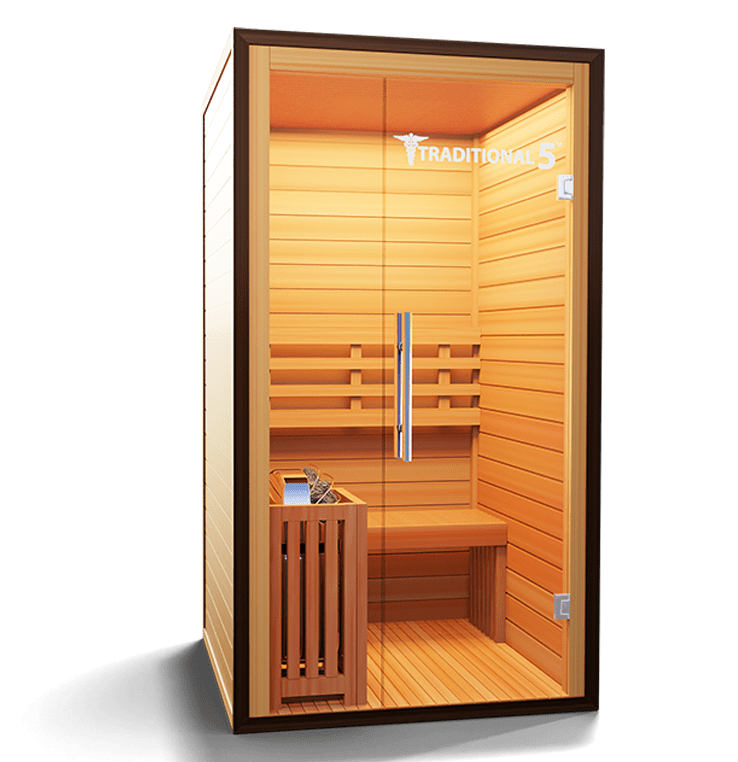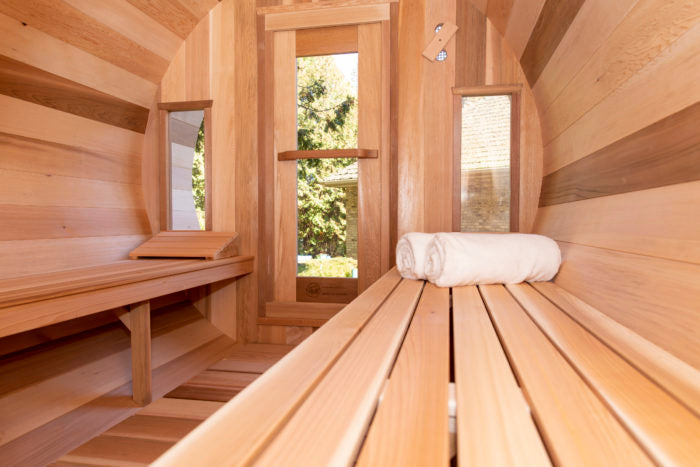Traditional Sauna for Dummies
Traditional Sauna for Dummies
Blog Article
Some Known Details About Traditional Sauna
Table of ContentsExcitement About Traditional SaunaThe Buzz on Traditional SaunaTraditional Sauna for BeginnersTraditional Sauna Can Be Fun For AnyoneTop Guidelines Of Traditional Sauna
The majority of the weight lost in a sauna is water loss and is re-gained upon rehydrating. Nevertheless, without an uncertainty sauna can be an essential part of a healthy weight management program. To take a look at the distinctions between standard and IR saunas, I will divide these into verifiable, academic, and produced distinctions.Thus, the best factor in the saunawhich is at the ceiling directly above the sauna heateris normally in between 185 and 190 F. Claims that a typical sauna surpasses 200 F is just not true and not relevant for electric saunas offered in the US. The temperature level for a far-infrared sauna is usually established in between 120 and 140 F; nevertheless, unlike the traditional sauna, the goal in and IR room is not to attain a high temperature.
Due to this, the temperature level distinction is practically pointless, because excessive sweating results in both sauna types, yet the method of heating up the body is various. In an IR sauna the bather will really feel warm and will sweat a lot, however at a lot lower temperatures (Traditional Sauna). Therefore, if the objective is to spend longer amount of times in the sauna, the IR sauna is a good choice
When a traditional sauna has actually been properly heated, the sauna wall surfaces are cozy, the air temperature level has actually accomplished established temperature and the rocks are very warmed. As an interesting side note, the warmed wall surfaces and the rocks are emitting far-infrared warm, combined with the warmed air, to produce an "covering warm".
The Facts About Traditional Sauna Uncovered

When the high temperature is attained, the components cycle on and off to keep the heat. The majority of conventional sauna users take pleasure in putting water over the rocks to produce steam to raise sauna moisture degrees. The advantages of putting water over the rocks consist of: making the space much more comfortable, dampening the nasal flows, and allowing the use of aromatherapy by blending necessary oils with the water.

When the power gets in the body, it triggers the body temperature to raise and eventually causes sweat. In an infrared sauna it's important for the emitters/heaters to continue to be on nearly constantly. Given that there is no mass of rocks to maintain heat, the sauna will cool if the emitters shut down.
As pointed out above, the sauna bather in an infrared space intends to place himself in front of operating emitters to get optimal advantage from the warmth. The heating time for the two rooms can be really various, depending upon exactly how the rooms are made use of. For a typical sauna, a bather should allow 30-40 mins for the space to achieve a desired temperature level and to properly pre-heat the rocks.
The Basic Principles Of Traditional Sauna
A well built sauna will generally achieve a temperature of 150-160 F in concerning 30-40 minutes. For hotter temperatures, the room might require to warmth for a longer period.

Typical saunas have a tendency to be larger (hence use even more electricity) than infrared saunas, although standard saunas are definitely available in one and 2 individual sizes. For a two-person traditional sauna, 5x6 or 5x7 dimension is most preferred. The top bench can easily seat 2 or three individuals and is also enough time to relax throughout the sauna session.
How Traditional Sauna can Save You Time, Stress, and Money.
The typical price per kWH of electricity in the united state is approximately $0.11, so a 4.5 kW heating unit will certainly set you back roughly $.50 to run for one hour, if the heating system runs you can try these out continuously for one hour. Normally a sauna heater will run for 75% of the very first hour and 50% of succeeding hours on considering that the elements cycle once the set temperature level is attained.

There is a their explanation seldom reviewed difference in the social experience between the two areas. While our culture has shed a few of the social advantage of the traditional sauna experience, it can be extremely socially fulfilling (Traditional Sauna). From family time in the sauna, to heart-felt discussions with better halves, to sauna partiesthe traditional sauna experience can cause intimate mingling
6 Simple Techniques For Traditional Sauna
Many greater end infrared spaces consist of colored light treatment, sound systems and full-glass fronts.
Report this page